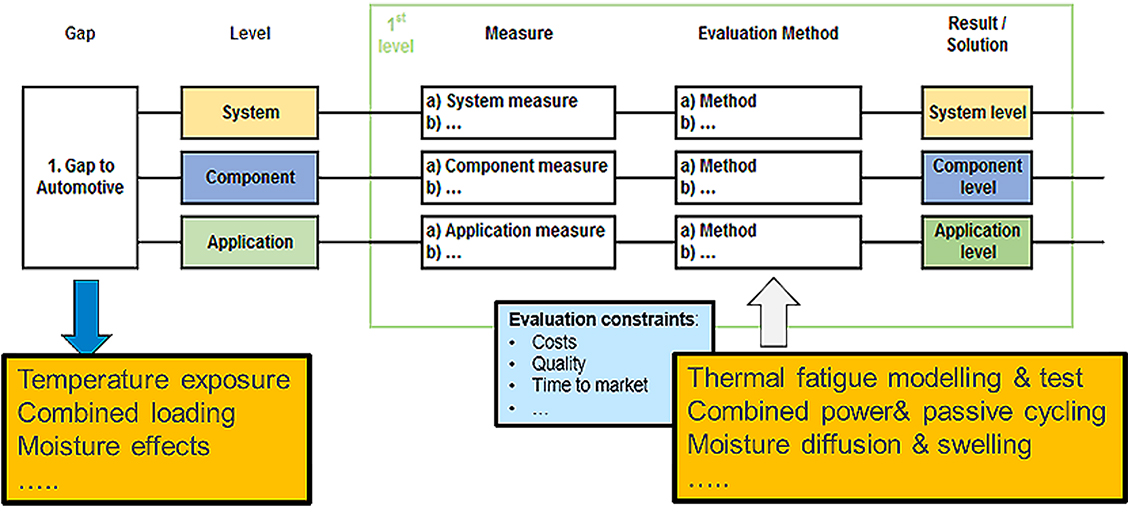TRACE – technology readiness for consumer electronics use in automotive applications
The TRACE project involves more than 30 European partners whose aim is to develop a methodology that will enable the use of electronic semiconductor devices and technologies in automotive applications under transparent rules and restrictions. The development of technologies for autonomous driving causes numerous challenges in regard to the reliability of the automotive electronics. In some cases, there is a lack of special components that are suitable for use in automobiles and there is a need to use consumer components that hardly meet automotive standards. Many of the reliability challenges are of a thermo-mechanical nature, since use in the automotive industry means use in a much harsher environment. The main effort has been spent on identifying differences or gaps at component, system and application level. Fraunhofer ENAS, together with several project partners, are developing »physics of failure« based evaluation strategies to cover most critical failure mechanisms for avoiding product malfunctions due to typical automotive loads. Characteristic reliability challenges such as SAC solder fatigue or system induced in-plane and warpage loading effects on components were figured out and a new dedicated test setup has been virtually designed to study the effects of mounting. The development and application of combined experimental numerical techniques to evaluate and avoid thermomechanical failure resulted in test and simulation strategies as illustrated. The »physics of failure« analysis methodologies linked to systems foreseen for CE/AE transfer have shown their potential to be generally applicable for reliability analyses and evaluation of 3D structures used in harsh environments.
 Fraunhofer Institute for Electronic Nano Systems
Fraunhofer Institute for Electronic Nano Systems